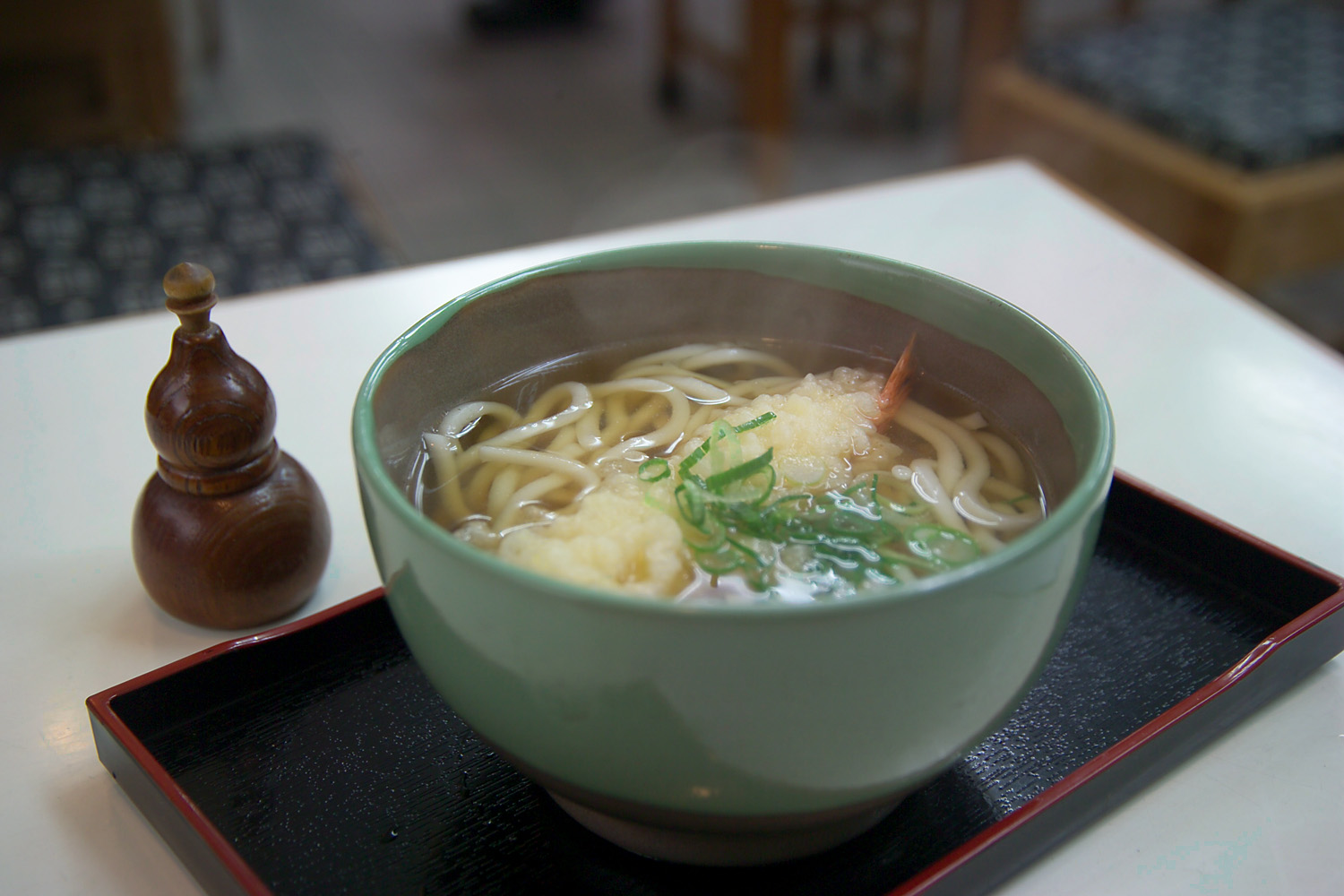|
Oblaat
In Japan, oblaat ( ja, オブラート, oburāto) is a thin, edible layer of starch used to wrap some candies and pharmaceuticals, similar to capsules. Description Many types of Dagashi, Japanese candy are wrapped in oblate film, which is an edible, thin cellophane made of rice starch. It has no taste nor odor, and is transparent. It is useful to preserve gelatinous sweets by absorbing humidity. In America, these films are called oblate discs, blate papes, and edible films. They're most commonly used to take powdered herbs, supplements, and medications, allowing the user to consume multiple grams at one time more quickly and pleasantly than with capsules or other methods. Etymology The name comes from the Dutch language, Dutch word "oblaat". History Oblaat was introduced to Japan by Dutch pharmaceutical companies in the late 19th century to wrap bad tasting medicine so that it could be swallowed without tasting any bitter powder. Oblaat's moisture-absorbing properties have since ... [...More Info...] [...Related Items...] OR: [Wikipedia] [Google] [Baidu] |
Botan Rice Candy
Botan Rice Candy is a specific brand of a category of Japanese candy called bontan ame (ボンタンアメ). Bontan ame are soft, chewy, citrus-flavored candy with an outer layer of rice paper or Oblaat. The rice paper is clear and plastic-like when dry, but it is edible and dissolves in the mouth. This candy was invented by Meiji Seika, Seika Foods in 1924. During this period, more and more Western-style sweets were becoming popular in Japanese society, and the appearance of this type of candy is intentionally similar to Western-style caramel candies. In Japan, these candies are sold as Dagashi, cheap candies and snacks marketed to Japanese schoolchildren, and are often in small sizes with bright colorful packaging with stickers or prizes included. ''Bontan'' (ボンタン) is a variant spelling of ''buntan'' (ブンタン), the Japanese word for Pomelo, which is commonly used as a flavor. Botan Rice Candy The specific brand Botan Rice Candy is an iconic export whose packaging f ... [...More Info...] [...Related Items...] OR: [Wikipedia] [Google] [Baidu] |
Capsule (pharmacy)
In the manufacture of pharmaceuticals, encapsulation refers to a range of dosage forms—techniques used to enclose medicines—in a relatively stable shell known as a capsule, allowing them to, for example, be taken orally or be used as suppositories. The two main types of capsules are: * Hard-shelled capsules, which contain dry, powdered ingredients or miniature pellets made by ''e.g.'' processes of extrusion or spheronization. These are made in two halves: a smaller-diameter “body” that is filled and then sealed using a larger-diameter “cap”. * Soft-shelled capsules, primarily used for oils and for active ingredients that are dissolved or suspended in oil. Both of these classes of capsules are made from aqueous solutions of gelling agents, such as animal protein (mainly gelatin) or plant polysaccharides or their derivatives (such as carrageenans and modified forms of starch and cellulose). Other ingredients can be added to the gelling agent solution including plast ... [...More Info...] [...Related Items...] OR: [Wikipedia] [Google] [Baidu] |
Blate Papes Pouches
Blate () is a small settlement southwest of Dolenja Vas in the Municipality of Ribnica in southern Slovenia Slovenia ( ; sl, Slovenija ), officially the Republic of Slovenia (Slovene: , abbr.: ''RS''), is a country in Central Europe. It is bordered by Italy to the west, Austria to the north, Hungary to the northeast, Croatia to the southeast, an .... The area is part of the traditional region of Lower Carniola and is now included in the Southeast Slovenia Statistical Region. References External links Populated places in the Municipality of Ribnica {{Ribnica-geo-stub ... [...More Info...] [...Related Items...] OR: [Wikipedia] [Google] [Baidu] |
Dutch Language
Dutch ( ) is a West Germanic language spoken by about 25 million people as a first language and 5 million as a second language. It is the third most widely spoken Germanic language, after its close relatives German and English. ''Afrikaans'' is a separate but somewhat mutually intelligible daughter languageAfrikaans is a daughter language of Dutch; see , , , , , . Afrikaans was historically called Cape Dutch; see , , , , , . Afrikaans is rooted in 17th-century dialects of Dutch; see , , , . Afrikaans is variously described as a creole, a partially creolised language, or a deviant variety of Dutch; see . spoken, to some degree, by at least 16 million people, mainly in South Africa and Namibia, evolving from the Cape Dutch dialects of Southern Africa. The dialects used in Belgium (including Flemish) and in Suriname, meanwhile, are all guided by the Dutch Language Union. In Europe, most of the population of the Netherlands (where it is the only official language spoken country ... [...More Info...] [...Related Items...] OR: [Wikipedia] [Google] [Baidu] |
List Of Japanese Foods
Below is a list of dishes found in Japanese cuisine. Apart from rice, staples in Japanese cuisine include noodles, such as soba and udon. Japan has many simmered dishes such as fish products in broth called oden, or beef in sukiyaki and nikujaga. Foreign food, in particular Chinese food in the form of noodles in soup called ramen and fried dumplings, gyoza, and western food such as curry and hamburger steaks are commonly found in Japan. Historically, the Japanese shunned meat, but with the modernization of Japan in the 1860s, meat-based dishes such as tonkatsu became more common. Rice dishes () * ''Gohan'' or ''meshi'': plainly cooked white rice. It is such a staple that the terms ''gohan'' and ''meshi'' are also used to refer to meals in general, such as ''Asa gohan/meshi'' ( breakfast), ''Hiru gohan/meshi'' ( lunch), and ''Ban gohan/meshi'' ( dinner). Also, raw rice is called ''kome'' ( rice), while cooked rice is ''gohan'' ( ookedrice). Nori (), and furikake () are ... [...More Info...] [...Related Items...] OR: [Wikipedia] [Google] [Baidu] |



